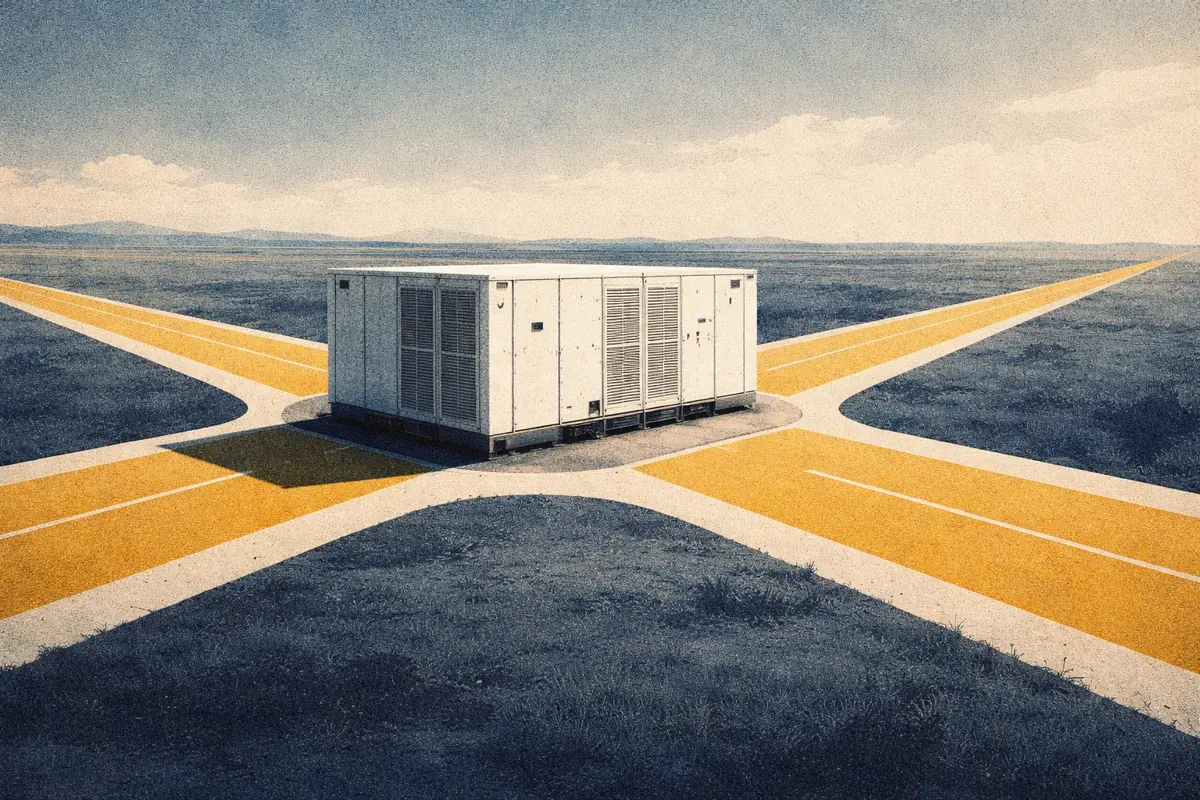GB BESS Outlook Q3 2024: Battery business case and investment outlook
GB BESS Outlook Q3 2024: Battery business case and investment outlook
Battery revenues have increased so far in 2024, from a winter low. We estimate that battery revenues must increase further to ensure an investable rate of return on the upfront Capex investment required - equivalent to around £600k/MW for a two-hour system.
But what level do revenues need to reach in the long-term for a positive business case, and how do investors manage the risks associated with these projects?
This article is the third in our GB BESS Outlook series, looking at the costs of battery systems, and their potential risks and returns. Previously, we have looked at the major markets that batteries operate in and how they are optimized within these to maximize revenues.
Two-hour batteries can see IRRs of 11.2%, despite lowered revenue projections
The Unlevered Internal Rate of Return (IRR) is often used to assess the viability of an investment in a project. It helps to determine whether the long-term revenues from a project are sufficient to justify the initial capex investment and associated risks. A hurdle rate of 10 to 12% - the IRR required for a project to be investable - is typically required.
Across all runs in Modo’s run library, IRR ranges from -2% to 15% when using our base case Capex assumption. This depends on factors including a battery project’s location and duration, as well as the macro revenue scenario.
Already a subscriber?
Log in







